Two young art historians have a goal to attract the focus of public attention to neglected industrial architecture from the period of Modernism in Bulgaria. The legacy of modernist architecture in Bulgaria from the period between the two world wars, has been crumbling, being demolished or destroyed by fires, without this causing significant public reactions or anger.
Modernism became popular in this country with the help of European schools, in which Bulgarian architects received their education. Upon their return, the graduates of reputable universities created many public buildings and homes, but also a great number of factories, railway facilities, bridges, slaughterhouses, responding to the rapid development of industry in Bulgaria of that time..
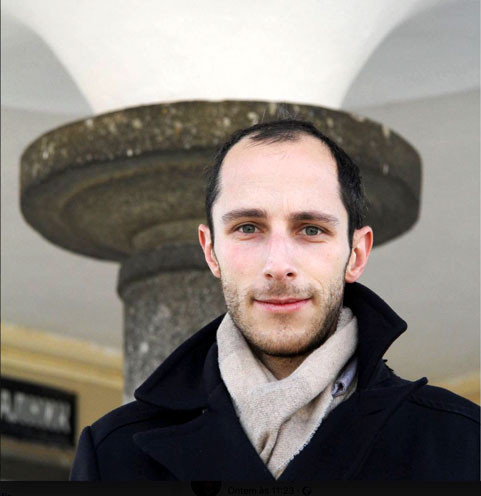 “Industrial architecture is interesting as it helped the introduction of modern trends and building materials,” Vasil Makarinov of the Bulgarian Modernist Architecture Foundation says. “For example, the widespread use of glass and concrete for creating large spaces stems from this period. This was actually dictated by functional demands – large spaces and lots of light. These elements were also widely used in public architecture between the 1920s and the 1940s but are most notable in industrial architecture.”
“Industrial architecture is interesting as it helped the introduction of modern trends and building materials,” Vasil Makarinov of the Bulgarian Modernist Architecture Foundation says. “For example, the widespread use of glass and concrete for creating large spaces stems from this period. This was actually dictated by functional demands – large spaces and lots of light. These elements were also widely used in public architecture between the 1920s and the 1940s but are most notable in industrial architecture.”
Unfortunately, in the near future Bulgarians would be able to learn about modernism in local industrial architecture only from photographs taken in the first half of the 20th century.

At the end of this year, according to a decision by its owner, the Railway Factory in the capital city – a magnificent building which was the work of Architect Panayot Kalchev was demolished. The building was characterized by huge halls with reinforced concrete rib structure and beautifully curved ridges.
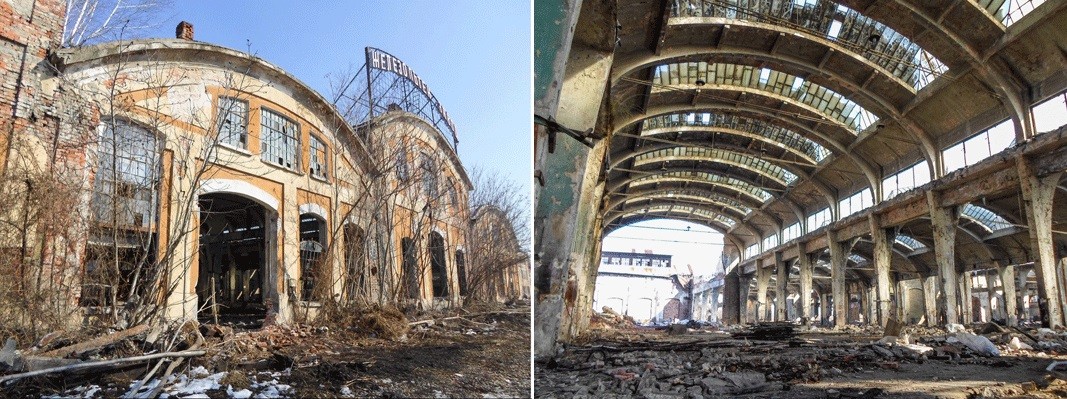
People still remember the case of 2016 when the tobacco warehouses in Plovdiv and their valuable interior timber structures were lost forever because of a fire that was blamed on homeless people.

Many other buildings in big cities of Bulgaria have been destroyed forever or are crumbling down. But why is this architectural heritage rarely recognized as valuable?
“This is a very difficult question,” Vasil Makarinov says. “On the one hand, a look at the registers shows that there are not many industrial buildings with the status of being cultural heritage and on the other hand even such a status cannot always manage to protect the sites. An example in this respect is the nearly destroyed Sugar Factory in Sofia.
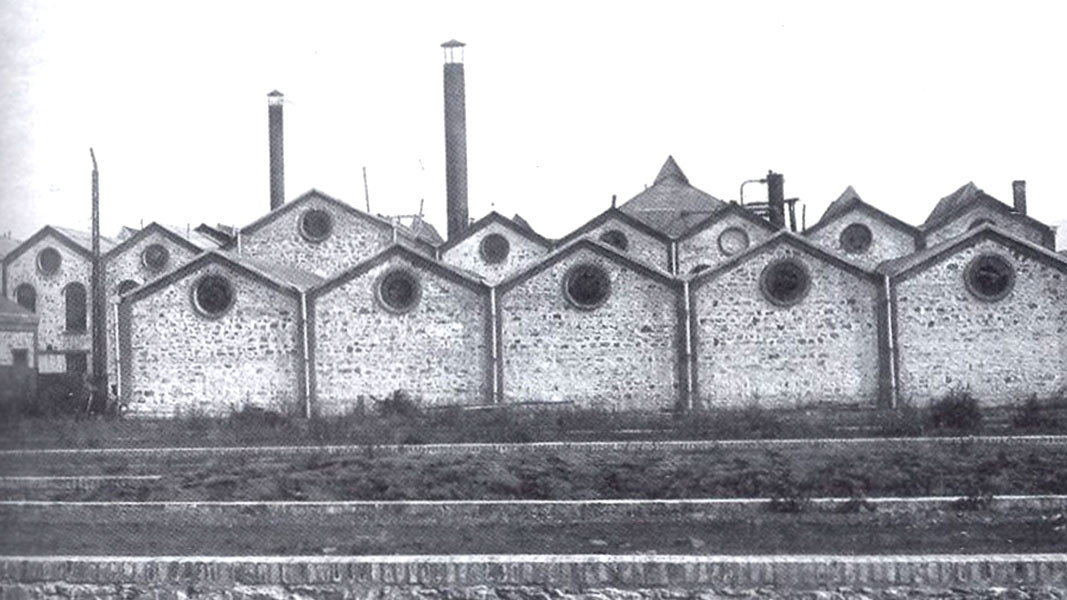
The building has its cultural heritage status, but nothing is happening to protect it. Perhaps one of the ways of protecting Bulgaria’s architectural heritage is more information – beyond the legal reading of the term ‘cultural heritage’. These are sites that preserve the memory of Bulgaria’s economic history and architecture from the period.”
"The National Institute of Immovable Cultural Heritage is the institution that should oversee preservation of buildings. In reality, this is not happening,” Vasil Makarinov adds. That is why he, together with Theodor Karakolev, decided to start an educational campaign about the value of buildings, whose authentic looks proves their continuity with European art.
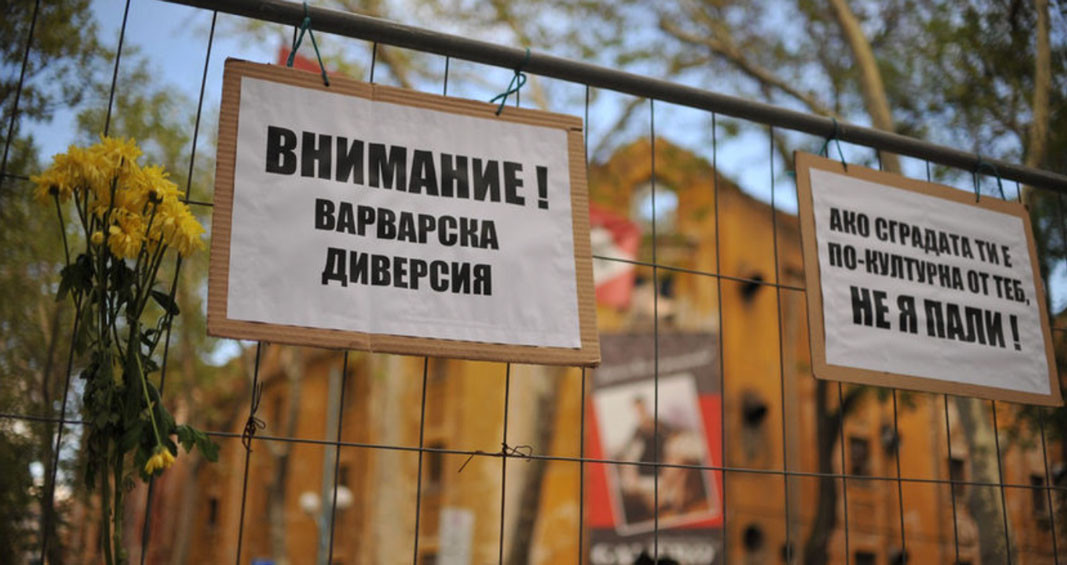
“If owners realized that their building was valuable in its original looks, they would be the last to demolish it and would probably take steps to preserve it and be profitable,” the art historian says.
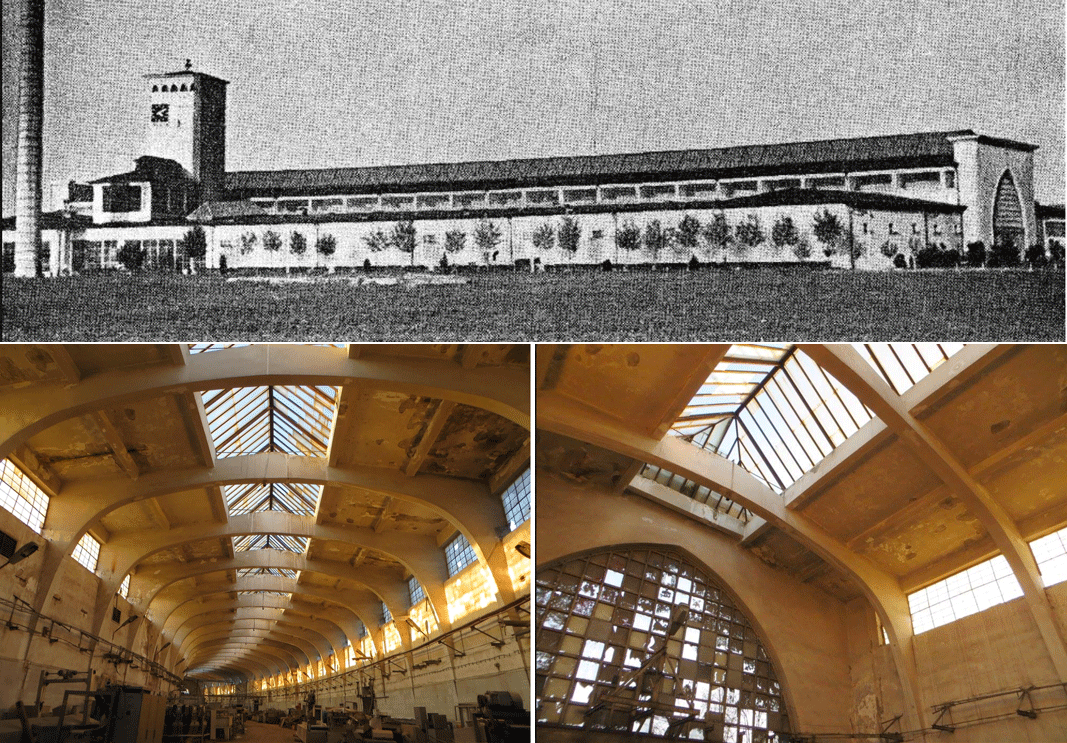
He has given examples of such buildings in Europe converted into art spaces and has warned of the need for urgent intervention in the former municipal slaughterhouse if we wanted one of the most impressive examples of Bulgarian interwar modernism preserved for future generations.
English: Alexander Markov
The awards of the 28th Sofia International Film Festival were presented at a ceremony held at the National Palace of Culture in Sofia.The film "Sujo" by Mexican directors Astrid Rondero and Fernanda Valadez won the grand prize of Sofia Film Fest...
The exhibition "From the Newspaper to the Museum", which has been attracting visitors to the Socialist Art Museum in Sofia for the past five months, is an attempt to reconstruct the genre of caricature under the totalitarian system of government in..
“Nocturnal characters” – this is the title of an exposition dedicated to Bulgarian theatre, which will be presented on 23 March in the historic centre of Rome, Italy. The exhibition is one of the most notable projects connected with the European..
We find Phenix Varbanov between two exhibitions. The cosmopolitan artist arrived from Paris to present a concept to the Bulgarian audience that was..

+359 2 9336 661
